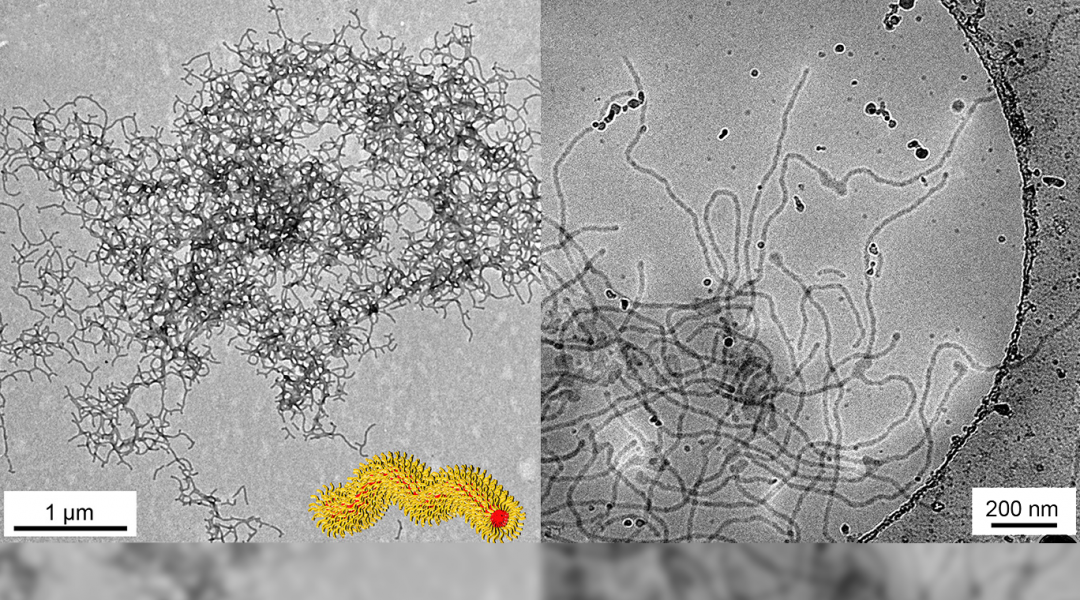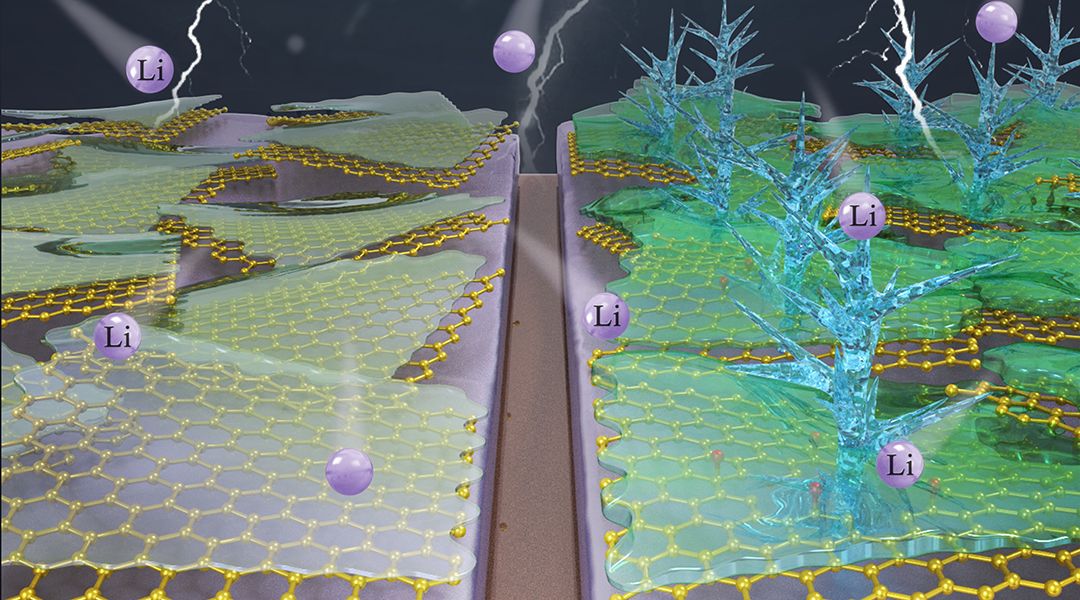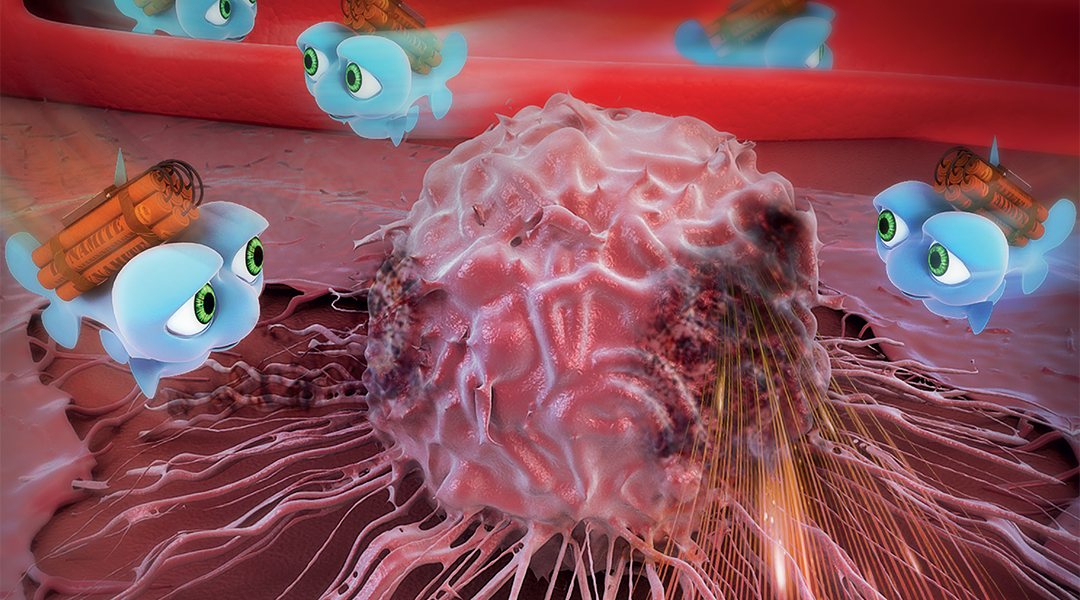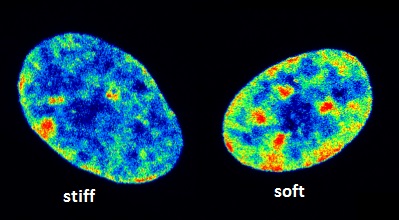Researchers seek a more effective way to culture human embryonic stem cells.


Researchers seek a more effective way to culture human embryonic stem cells.

Researchers are looking at hydrogel scaffolding with drug-delivery properties to improve skin tissue engineering.

“Off the shelf” allogeneic stem cell transplants and stem cell nano‐composites are being used for the treatment of degenerative bone diseases. However, major and minor histocompatibility antigens of therapeutic cell transplants can be recognized as foreign and lead to their rejection by the host immune system.
![Ultrastretchable Electrodes for Comfortable Wearable Electronics [Video]](https://www.advancedsciencenews.com/wp-content/uploads/2019/02/adma201800109_ASN_image.png)
Printable and ultrastretchable conductors are fabricated by transferring printed silver ink onto hybrid hydrogel–elastomer substrates.

Recent advances in single‐molecule techniques have led to new discoveries in analytical chemistry, biophysics, and medicine. Understanding the structure and behavior of single biomolecules provides a wealth of information compared to studying large ensembles.

“Direct societal impact of my work is something I am proud of” – Pamela Habibović on biomaterials.

A new study shows how defects in carbon-based supports affect dendrite formation in lithium metal batteries (LMBs).

Self-assembling protein nanoparticles that target the mitochondria and rapidly accumulate in tumors have potential for combination therapies.
![Quantum Nanomaterials for Ultraefficient Medicial Probes [Video]](https://www.advancedsciencenews.com/wp-content/uploads/2019/02/adma201806993_ASN_image.png)
Tuning the local environment of ultrasmall silica nanoparticles leads to ultrapotent probes for photodynamic therapy.

Research suggests that epigenetic remodeling can be persistent and might be a memory keeper.